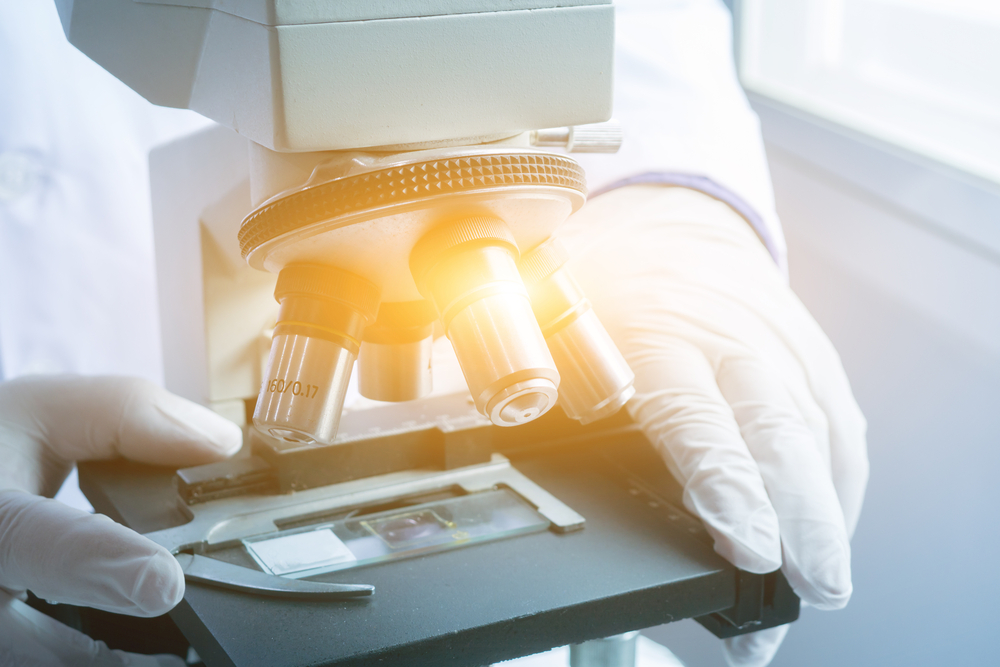A new study by Dr Veronica James is being developed to revolutionise the diagnostic testing of cancer
Posted: 6th July 2017 08:09
Dr Veronica James, nee Stark, OAM, has been profiled on position, noteworthy accomplishments, visibility, and prominence.After earning a Bachelor of Arts from the University of Queensland in 1956, Veronica James, whilst working as a full time teacher at Ipswich Girls Grammar School, went on to achieve a Bachelor of Science in 1966. This was followed by an equivalent first class honours in Physics and a PhD in Physics at the University of New South Wales in 1971, the first woman to obtain a PhD in physics in more than the 100 years of that university’s existence. Her thesis contained the largest neutron crystal structure solved to high accuracy at that time and was lauded by George E. Bacon, the father of Neutron Physics. During the next eight years, Dr James published the crystal and molecular structures of 52 small organic molecules, that she solved using direct methods. Now that such structures could be solved using a computer she decided to turn her mind to studies of changes in tissues with cancers and other diseases.
In 1985, on discovering that hearing impaired students were not allowed to participate in science at school, Dr James established a ‘Phones for the Deaf’ program, using second hand computers, to connect these students to each other and to their hearing peers, long before the internet. Annual science camps were run at the University for hearing impaired students aged between five and 16. By 1997, over 400 such students were enrolled and progressing through University courses. Since Australian students were not doing well in the Physics Olympiads, she also started “Extra-Curricular courses in Physics” in a number of areas in Sydney in addition to one after school class at the University of NSW. The students from these classes manned the lessons at the Science camps for the deaf. These courses were widened to include all secondary students a few years later after the Australian team won first place in the International Physics Olympiad. These students and their parents put forward her name and an Order of Australia Medal was awarded to Dr James in 1996. In 1991 she was presented with the Vice-Chancellor’s teaching Award. A year later she received the UNSW Alumni Award. She was also awarded the Australian Deafness Awareness Council Award, the Sydney Electricity Community Spirit Award and was appointed as a. 1995 National Teaching Fellow by the Australian Government.
Currently an Honorary Professor at the College of Physical and Mathematical Sciences, Australian National University, Canberra, ACT, she had risen through the ranks of Physics Academic staff to an Associate Professor at the University of New South Wales, the first woman in Australia to reach this position. During this period her research continued. Firstly she studied and published the results from the effects of insulin dependent diabetes on various tissues of the body, the effects of drugs such as procaine, other diseases such as myxomatous heart valves, and changes in the breast tissue that precede breast cancer. Her diffraction patterns of hair gave the background necessary for verifying the structure of hair, which had remained unsolved since its discovery in 1935, to be finally solved in 1996. In 1999, Nature published her paper on the change in the diffraction pattern of hair from Breast Cancer. Awards followed from Quota South Pacific Breast Cancer Research Award, the Barry Preston Award, The International Scientist of the Year Medal, and she was awarded a medal as one of the Outstanding Scientists of the 20th Century.
Further studies have shown that the change in the diffraction pattern occurs as soon as the cancer starts, i.e.at least two years before any other test can determine it, it is 100% accurate, and disappears if treatments are successful. These changes in the diffraction patterns of hair are different from the specific changes found for each of colon cancer, Alzheimer’s disease, some liver and lung cancers. In 2004 she discovered that some cancers do not send out their arrival signals through keratin but they do send out a signal through collagenous tissues. Subsequent studies have shown that all stages of Prostate cancer are visible in all collagenous tissues, appearing as soon as the cancer starts, thus providing a 100% diagnostic test for this cancer. Deaths from this cancer could be eliminated if this test were put into use. Melanoma and bowel cancer also send out specific signals via collagen. At this stage Dr James is investigating whether other cancers also send out their own specific signals.
Dr James won her episode at the “New Inventors” in 2009, was voted winner at a Pitch Presentation in Canberra in 2016 and won an award for her business in 2017.




Comments